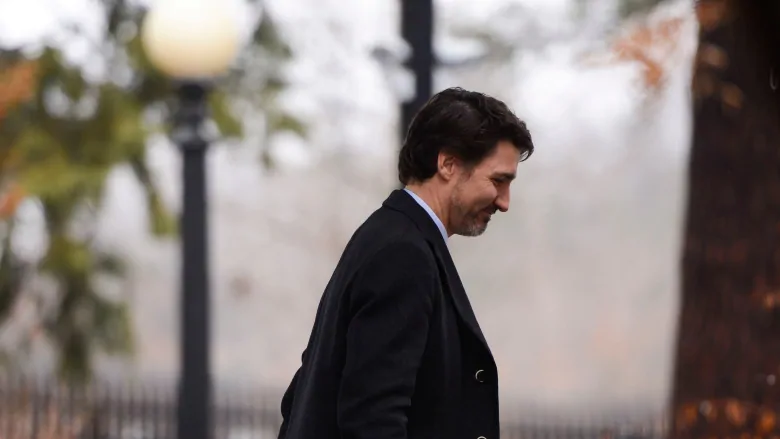After a bruising election campaign that left him with a weakened mandate, Prime Minister Justin Trudeau scaled back his public appearances. But the pandemic has made him, for better or worse, the face of Canada’s response to a global calamity.

Over his first four years in office, we probably saw more of Justin Trudeau — in photos, interviews, news conferences, town halls, tweets and parades — than of any prime minister before him.
But in the wake of a damaging re-election campaign, there was a sense in Liberal circles that he needed to be more selective about his public appearances. And for several months, he was.
Then came the pandemic.
Trudeau addressed his first full news conference about the novel coronavirus at the National Press Theatre on March 11, flanked by Finance Minister Bill Morneau, Health Minister Patty Hajdu and Theresa Tam, the chief public health officer. Two days later, he appeared alone in front of Rideau Cottage to discuss a rapidly escalating situation that now included his wife testing positive for COVID-19.
Trudeau again met reporters on the following Monday, March 16 — the first of what has now been 16 consecutive morning public briefings in a row. Each day at 11:15 am or thereabouts (this crisis seems to have pushed the PM to be much more punctual about news conferences than he used to be), Trudeau has emerged to address the nation and take questions from reporters.
Prime Minister Justin Trudeau says his government has signed deals with three Canadian companies and allocated $2 billion to make medical supplies over the coming weeks to cope with the country’s rapidly increasing number of COVID-19 cases. 2:14
For good or ill, every public official is now authoring a case study in leadership during a public health crisis. Trudeau’s contribution to the field begins with these extraordinary briefings — his daily attempts to both reassure Canadians about his government’s actions and call on them to persevere.
‘We are all in this together’
But we don’t know how many days this crisis still has to run — or how dark those days might get.
“In a pandemic, there is a particular demand for leaders who represent and advance the shared interests of group members and create a sense of shared social identity among them,” said a team of scholars in a recent paper about what social and behavioural sciences can tell us about how to respond to the pandemic. “We seek leaders who cultivate a sense that ‘we are all in this together.'”
Trudeau has used that exact phrase at least twice, and variations on it numerous other times. Across 20 news conferences, Trudeau has said the word “together” more than 50 times — to describe the actions of ordinary Canadians and how different levels of government and different countries are responding.
Coupled with those repeated appeals to solidarity has been a promise that the government has “your back.”
“We are all in this together and we are there for you,” Trudeau said on March 18.
The prime minister has always been adept at conveying empathy and the mere act o

